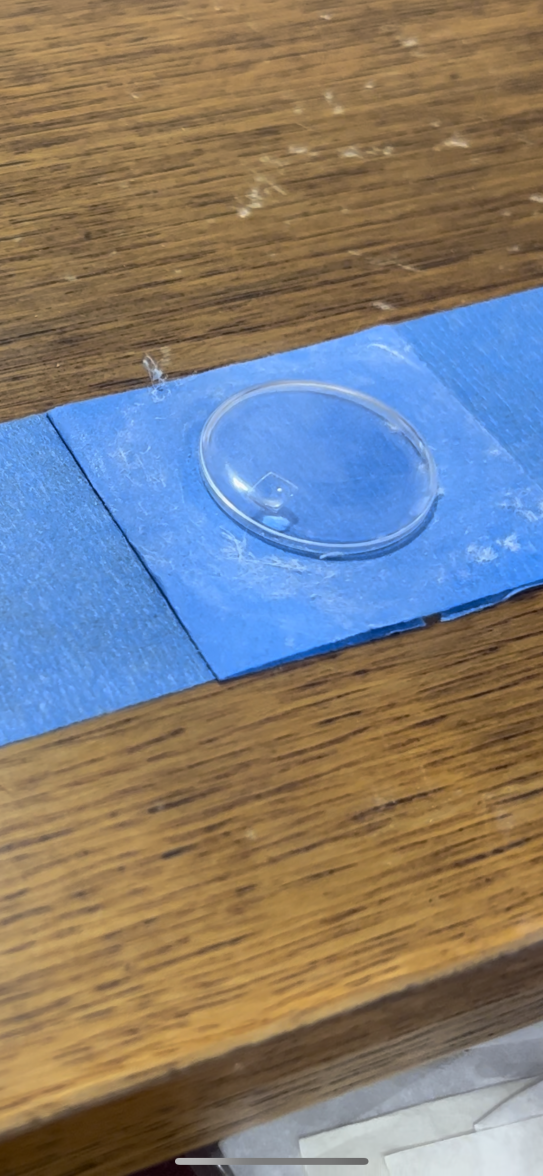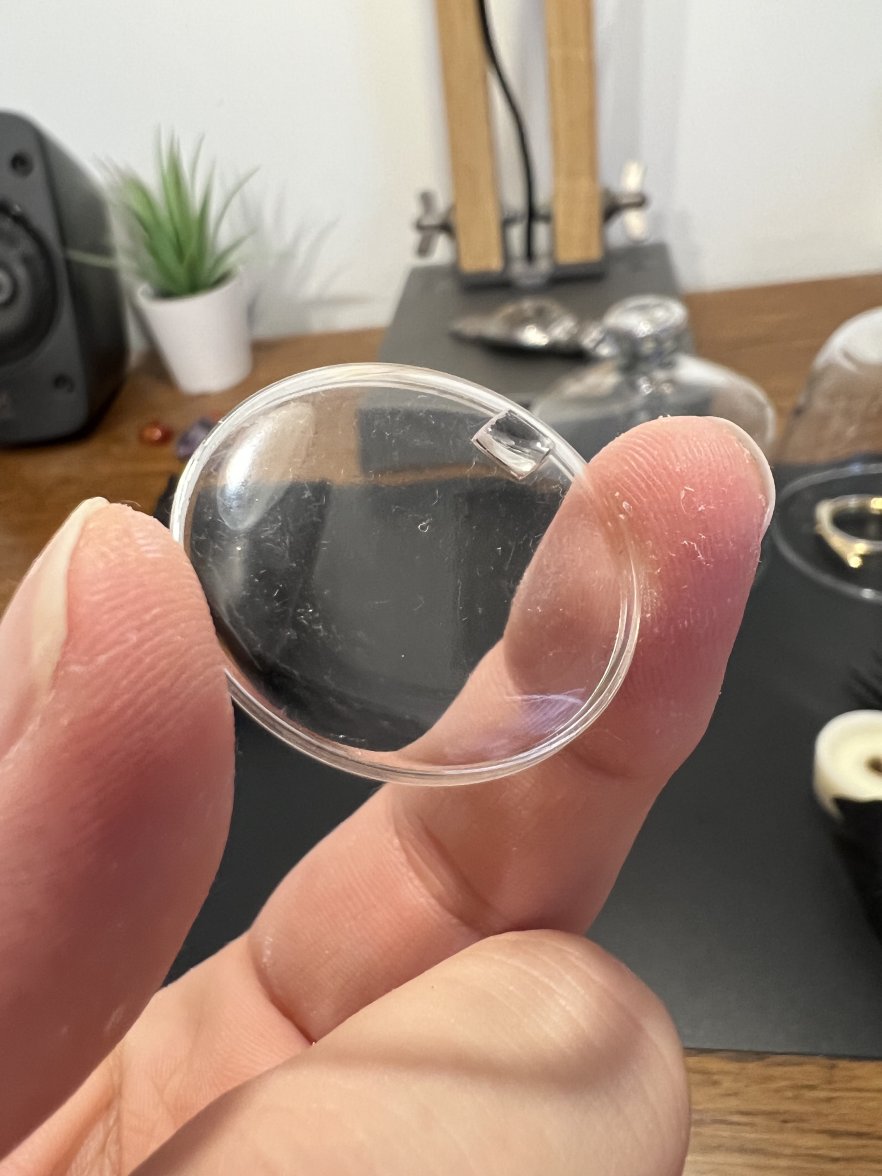kaplan
·I think it's important to share our biggest most shameful mistakes too in the spirit of learning, here comes one of mine
Should've googled "ammonia + acrylic" and skimmed to the middle of the page beforehand
This is what it does to a crystal (used a "magic" watch cleaning solution that is mainly weak ammonia, better than my stronger ammonia, have awesome results with most things):
Could've not cleaned this crystal as well, but it had some adhesive on the sides, should've used soap water and clean with hand, luckily I hoarded many spare crystals so it doesn't ruin my day
Should've googled "ammonia + acrylic" and skimmed to the middle of the page beforehand
This is what it does to a crystal (used a "magic" watch cleaning solution that is mainly weak ammonia, better than my stronger ammonia, have awesome results with most things):
Could've not cleaned this crystal as well, but it had some adhesive on the sides, should've used soap water and clean with hand, luckily I hoarded many spare crystals so it doesn't ruin my day



